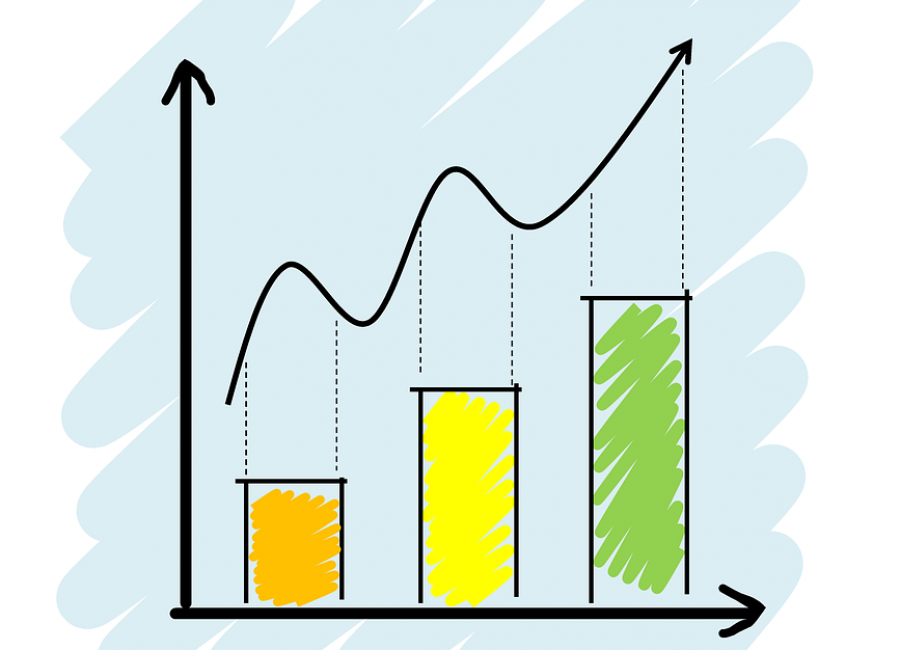Automotive Industry
Digital Trends
By 2020, growing digitalization and advancements in technology will have increased the automotive industry investments to $82 billion. The automotive industry has learned quickly that they must meet consumer demands for a digitally enhanced experience when they are researching, purchasing and operating a car. These are the trends currently transforming the automotive industry.

Digital Sources for Buying
Car buying used to be a source of stress, with the pervasive salesman stereotype proving true intense back and forth negotiations. Consumers, equipped only with a newspaper ad, felt ill-informed and pressured when buying a new vehicle. Today, consumers are researching a car online before even stepping foot in a dealership. Actual showrooms are slowly being transformed into digital market places equipped with virtual reality capabilities. A great example of this is the Audi virtual showrooms in London where only a handful of actual cars are on display, dwarfed by the giant video screens displaying relevant buying information. Virtual reality capabilities allow consumers to open doors, sneak a 360-degree peek inside and out, and even hear authentic sound effects of their potential new model. In response to consumer-driven expectations to research and buy online, companies are likely to begin selling cars and parts directly through their respective websites.
Connected Supply Chain
As we’ve seen in other industries, digital transformation trends are being used to personalize a consumer’s experience and customize to his needs. The automotive industry is no different. By digitizing the connected supply chain, it drives costs down, more effectively engages the consumer, and collects and uses data to better serve consumers. Recently, the industry has moved away from the national and regional production and toward a more decentralized approach for both production and the supply chain. In addition to lower costs, this has allowed for more transparency in the supply chain, accelerating design, manufacturing, and delivery. Communication made possible by social media and the Internet of Things provides instant feedback that “talks” to a smart factory. A smart factory uses advanced algorithms and AI to perform tasks like creating schedules and managing workflow, and has robots working alongside humans on assembly lines. These connected technologies increase productivity and decrease defect rates.
Predictive Maintenance

Do your tires need air? Does a part need to be replaced? There’s no more guesswork in car maintenance since today’s vehicles let us know when they need maintenance or replacement. Using advanced self-diagnostic systems, drivers are instantly alerted any time there is a problem, allowing us to proactively service our vehicles, drastically reducing mechanical failures and recalls. A fantastic example of predictive maintenance at work is Michelin’s tire monitoring program. “Using telematics and predictive analysis, the service provides over-the-road tire monitoring. Data is collected digitally and fed into the fleet’s asset monitoring system, giving companies real-time performance analysis and wear data of specific tires on individual trucks.” Now we know there’s a problem even before there’s a problem!
The data maintains a connection between OEMs and customers, even as owners of one vehicle change. As far as service of a vehicle goes, that, too, has become digitized which requires not just mechanical attention and repair, but a tech-savvy technician to maintain and update software. The dynamic duo of mechanics and technology means optimal vehicular performance for longer periods of time. Remote service becomes a possibility, whereas now, owners take their cars to garages or shops. With the continued integration of technology, gauges and knobs will be replaced with a digital interface that allows for over-the-air updates, meaning owners don’t have to leave their driveways for routine car maintenance.
This predictive capability isn’t just limited to cars and personal vehicles either, the trucking industry is already seeing a similar movement powered by sensor technologies and IoT that allows companies to monitor data proactively to ensure truck safety, fuel optimization and even monitoring of cargo. SAS, one of the leaders in this type of analytics solution has already deployed this type of solution and seen strong results that included improvements of more than 30% in truck uptime and the prediction of failures 30 days out at an accuracy rate of 90%.
Please feel free to contact us.

